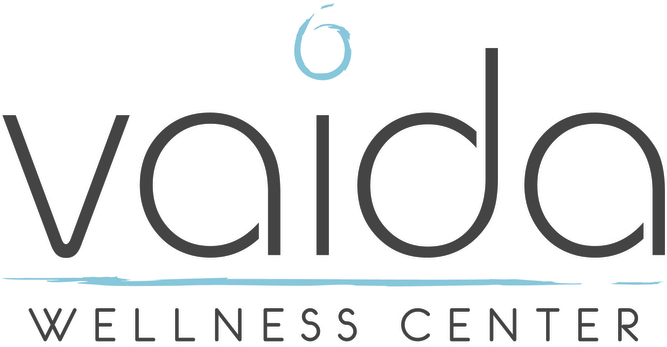
What is Plagiocephaly?
Plagiocephaly (sometimes called deformational plagiocephaly, positional plagiocephaly of flat-head syndrome) is a common and treatable condition when addressed at an early stage. It develops when an infant’s soft skull becomes flattened in one area due to repeated pressure on one part of the head.
How Does Plagiocelphaly Occur?
Most babies develop plagiocephaly by sleeping for long periods regularly in one position. Studies show that 20 to 25 percent of infants who sleep on their backs develop some degree of plagiocephaly.
Other causes of plagiocephaly include:
- Position in the womb. Because infants’ skulls are so soft, they are often a bit misshapen from the normal birthing process, but this does not cause plagiocephaly. Babies who are part of a multiple birth situation or who have a mother with a small uterus may be especially likely to have plagiocephaly.
- Prematurity. Many premature babies spend extended periods of time in a fixed position while they recover in the neonatal intensive care unit. This often leads to plagiocephaly.
- Muscular torticollis. This is a shortening of the muscle in one side of the neck, causing the head to tilt in one direction.
Symptoms of Plagiocephaly
Plagiocephaly symptoms vary based on type and level of severity. Positional plagiocephaly symptoms may include:
- A flattened area on the front, side, or back of your baby’s head.
- Missing hair in one spot on your baby’s head.
- A misshaped or slanted head.
- A forehead, eye, or cheek that appears larger or fuller on one side.
- A nose that appears pushed to one side.
- Uneven ears (one ear pushed up or forward on your baby’s head).
What is the treatment for Plagiocephaly?
Plagiocephaly treatment starts with changing your baby’s position to strengthen the underutilized muscles. You can do this while your baby is asleep or awake. Over time, repositioning shifts pressure more evenly over your baby’s entire head. You should:
- Change your baby’s sleep position often: Light and activity attract attention, so babies turn toward windows or the middle of rooms. If you place your baby’s head at the top of the crib one night and the bottom the next, your baby will be positioned differently each time and turn differently toward light and noise.
- Change your baby’s head position while they sleep: While your baby is sleeping gently move their head to the side they don’t usually favor.
- Hold your baby often: This limits the time your infant spends leaning against a flat surface. Cradle and feed your baby in different positions, switching arms from time to time. Let your baby lie on your chest.
- Provide lots of supervised “tummy time” while your baby is awake: Tummy time improves plagiocephaly and strengthens your baby’s neck, arms, and back.
- Reduce sleeping time in places where your baby’s head can’t move freely: Avoid too much time in curved baby swings or car seats that restrict movement.
- Strategically encourage your baby’s attention: A mobile or other safe toy outside their crib may encourage your baby to turn and look.
How Chiropractic Care Can Help if Your Baby Has Plagiocephaly?
Many families choose alternative care to correct their child’s flat-head syndrome prior to resorting to a baby cap or helmet that is molded to reshape their head.
Performing CST (Craniosacral therapy), in addition to receiving regular chiropractic manipulations, can be used as a first-line treatment for plagiocephaly to reduce the chance of your baby needing a helmet. The earlier you begin chiropractic adjustments and CST, the better result your baby can have, ideally within the first two months after birth.
Both Dr. Lydia and Dr. Rachael can perform CST, provide chiropractic adjustments, and offer exercises and other suggestions to help if your baby is diagnosed with plagiocephaly. Give us a call, we would love to be a part of your baby’s plagiocephaly treatment plan.
